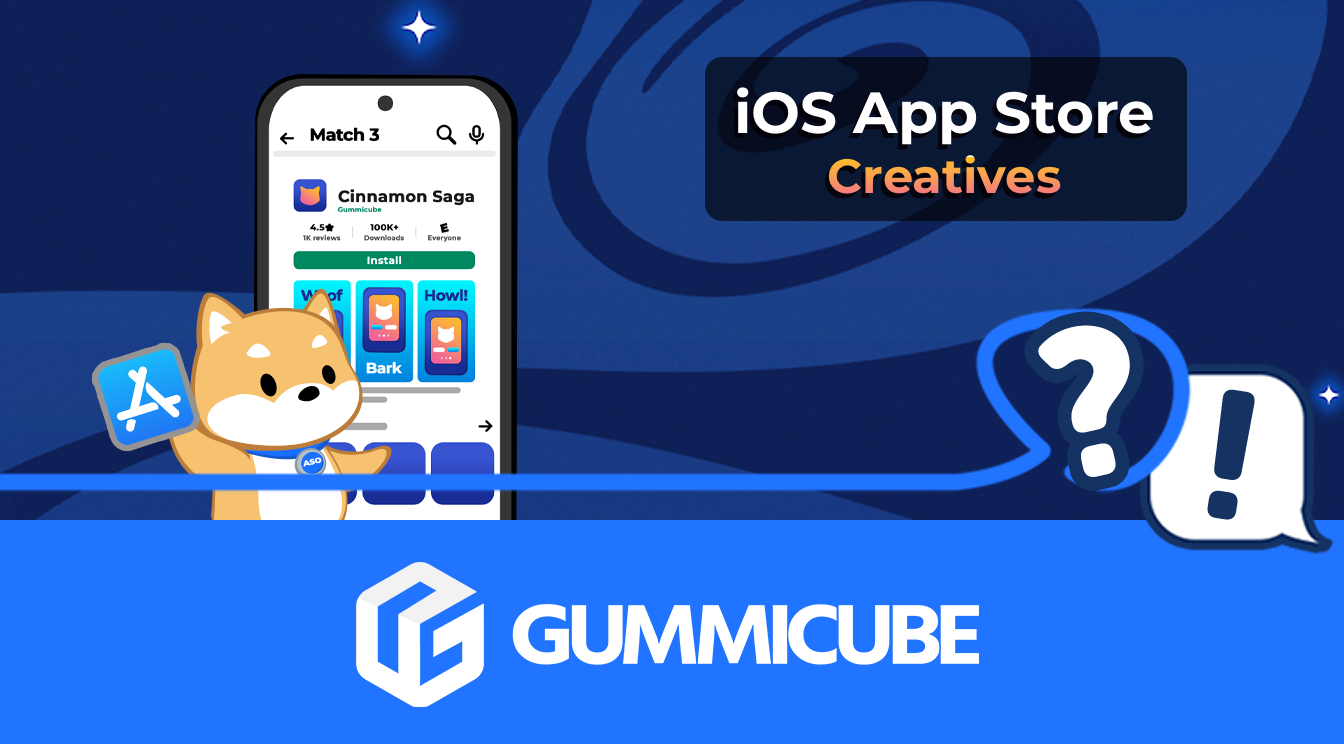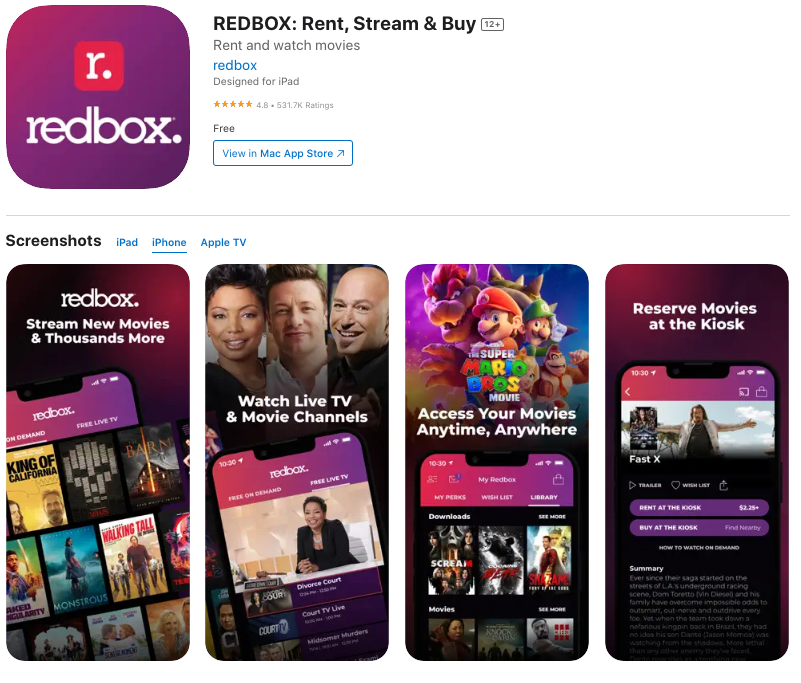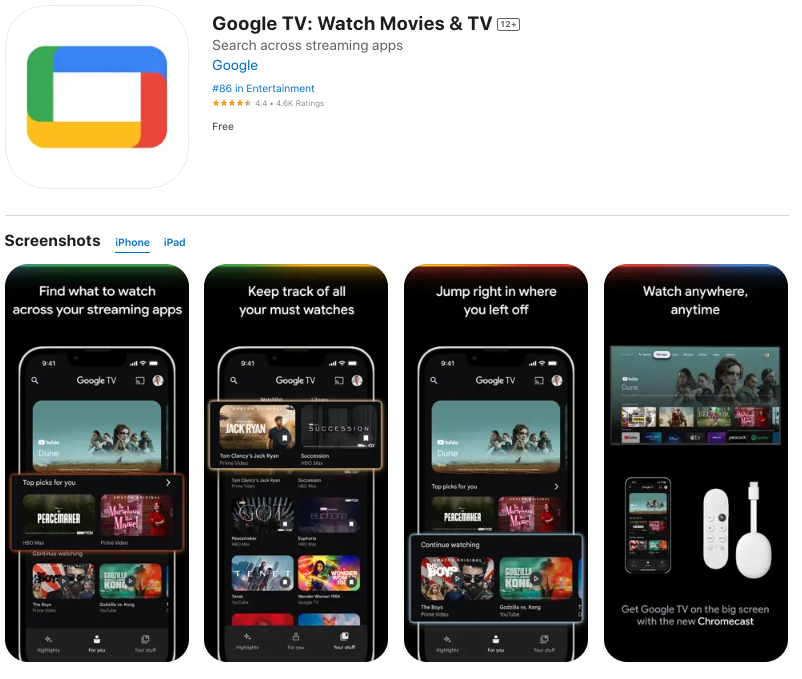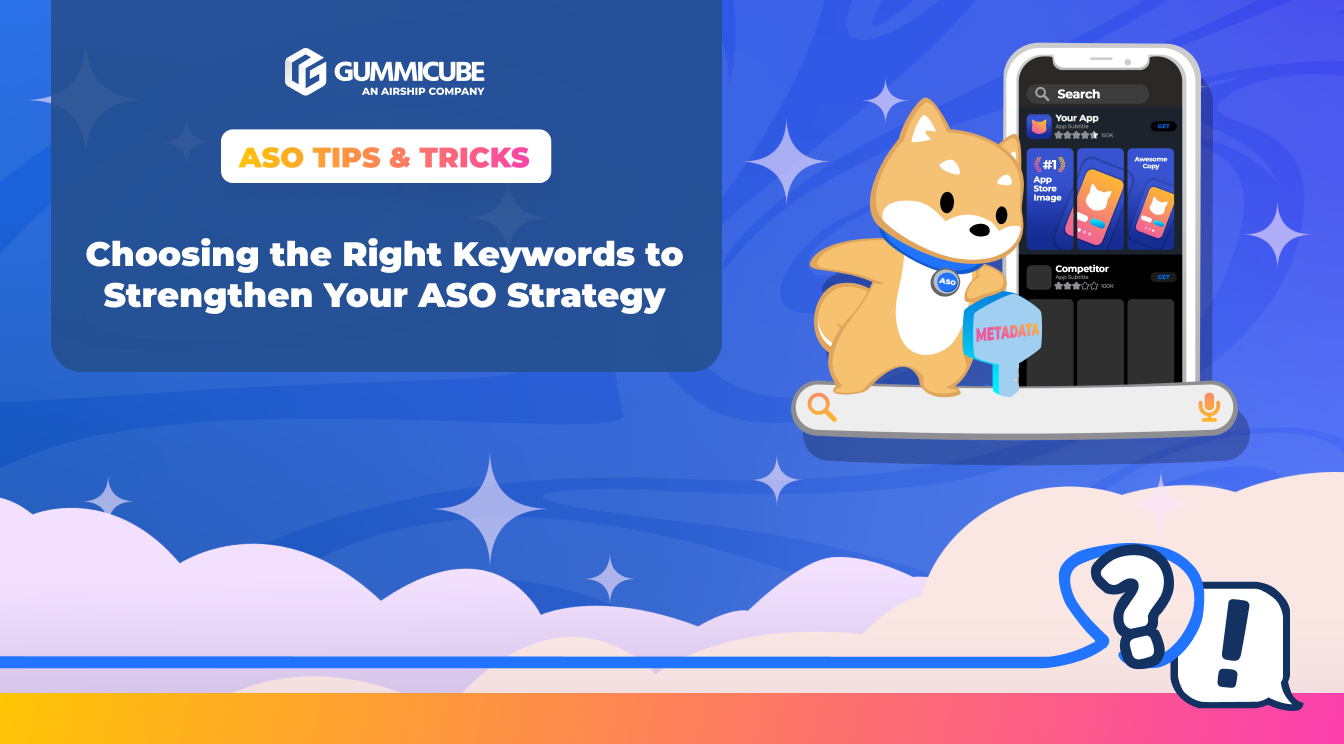
What Is Making Your App Fall Short?
Posted on November 26th, 2025
App seasonality is one of the most powerful and most overlooked opportunities in ASO. Ignoring it means missing moments when users are searching most actively.

In an app store we only have a matter of seconds to convince a user to click through and install our app. To highlight the importance of this, here we’re focusing on the creative designs of a couple of apps in the streaming vertical: Redbox and Google TV.
We’ll point out The Good, The Bad, and The… ‘Missing.’ None of them are really “ugly”, but we’ll dive into what may be missing from an App Store Optimization perspective.
First, let’s go over some of the general best-practice methods for creatives for the iOS App Store.
Almost 70% of downloads in the iOS App Store happen in search. The importance of the title, subtitle, and first three screenshots that appear in the search result can’t be understated.
While the words we choose for the title and subtitle must speak to both the algorithm and individual, for creatives it is purely targeted for the human eye.
The obstacle we must overcome as app store promoters is that our creative must inspire and teach the user within a few seconds. On a broad spectrum, honing in on a few basics acts as a starting point for further development and testing:
Let’s dig into Redbox and Google TV.

The breadth of film and TV content displayed in the first two screenshots works to show Redbox’s breadth. Redbox offers new movies, old movies, and live TV. The font is just large enough so that it is easy to read. The text length is ideal, with only a few words per line, and only two lines per screenshot.
When Redbox says “Access your movies anytime, anywhere” in screenshot #3, it can be seen as redundant. This message is already implied in screenshot #1 when they say “Stream new movies…”
Instead, Redbox would benefit from moving the messaging of screenshot #4 to the #3 position. The ability to reserve DVDs at a kiosk is a large differentiator for Redbox compared to its competition.
To briefly touch on their metadata, Redbox is using a redundant keyword in its title and subtitle of “rent,” which is taking away from their ability to target even more keywords.
Redbox competitors show at least one or two images of blockbuster movies in initial screenshots. Presenting that in one of the first two screenshots may be useful so that a scroller knows the breadth of the movies offered by Redbox is at least similar to its competitors.

If this is their goal, then Google TV is doing a good job of capturing Sci-fi and Fantasy enthusiasts because around half of their screenshots are representative of that.
Google presents a platform to integrate other streaming apps into a seamless experience with their first two lines of text in screenshot #1. This is a good differentiator compared to competitors. Today’s content consumers have the blessing and curse of being able to access so much content across various streaming apps, so being able to consolidate this into one app or platform creates a good user experience.
Three out of the 4 screenshots have a good use of text length and font size.
Movie banners are repeated on 3 of 4 of Google TV’s preview screenshots. Why are we limiting our market? Expand it by including images of children’s, romance, documentary, and sports movies to name a few.
Let’s talk about screenshot #3. As this blog is written it’s 2024, and Google TV finds it necessary to highlight that after pausing a movie its users are able to continue playing where they left off. This could be around letting users pause in their other streaming apps and picking up where they left off within the Google TV app but without the visual context, Google is effectively antiquating themselves.
Google could continue the theme of consolidation and feature a more interesting perk, such as Google TV’s integration with Google Assistant. This allows people to control various smart home devices from their TV.
Getting a bit sweaty from this horror movie? “Hey Google, turn down the temperature in the house by three degrees.”T-Rex about to roar and you can’t find the remote? “Hey Google, turn down the volume by half so I don’t wake up the baby.”
Designing creatives for app stores combines a short list of technical musts (font size, number of words used, and dimensions depending on the device), visual presentation of features and benefits, capturing the must-haves, and having context that you have seconds to convert someone.
Avoid redundancy and unnecessary messages. If you show the umbrella in screenshot #1, then the user doesn’t need an explanation in screenshot #2 that it blocks rain.
There isn’t an exact science behind executing all these decisions perfectly, but we have the ability to lean on A/B testing and historical data. No matter what happens on your next set of creatives–success or failure–you will have the knowledge to adapt accordingly.

App seasonality is one of the most powerful and most overlooked opportunities in ASO. Ignoring it means missing moments when users are searching most actively.

ASO measurement is defined by the alignment and progress across all KPIs that influence visibility, relevance, and user engagement. Read more now!

A successful keyword strategy requires regular evaluation & strategy. Read more to see how choosing the right app keywords can transform your app listing!